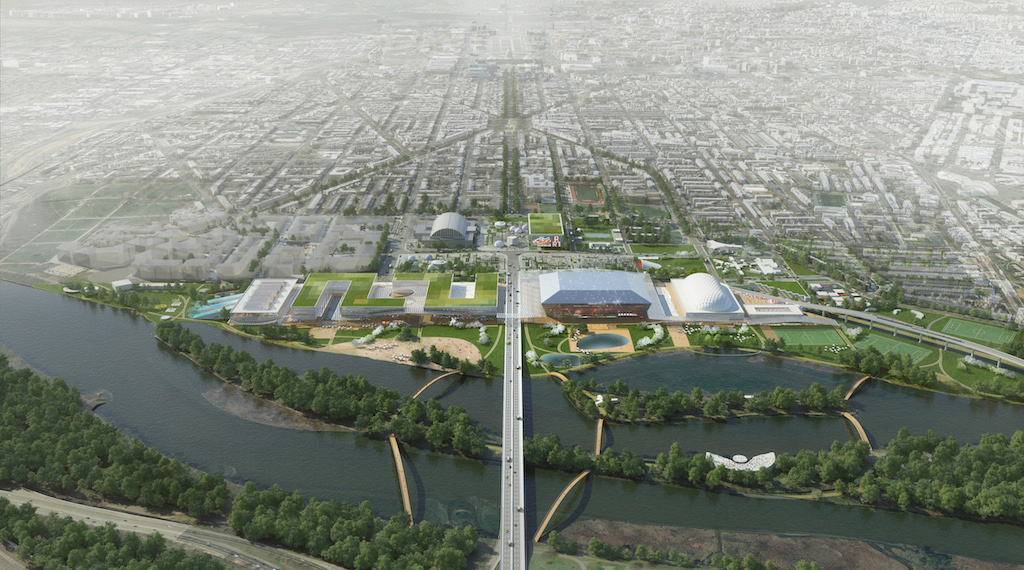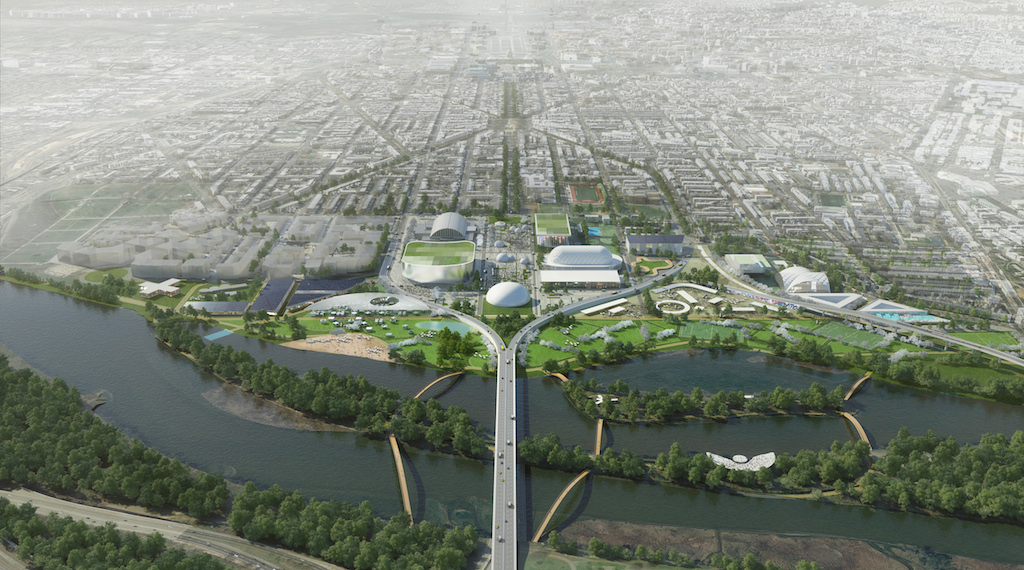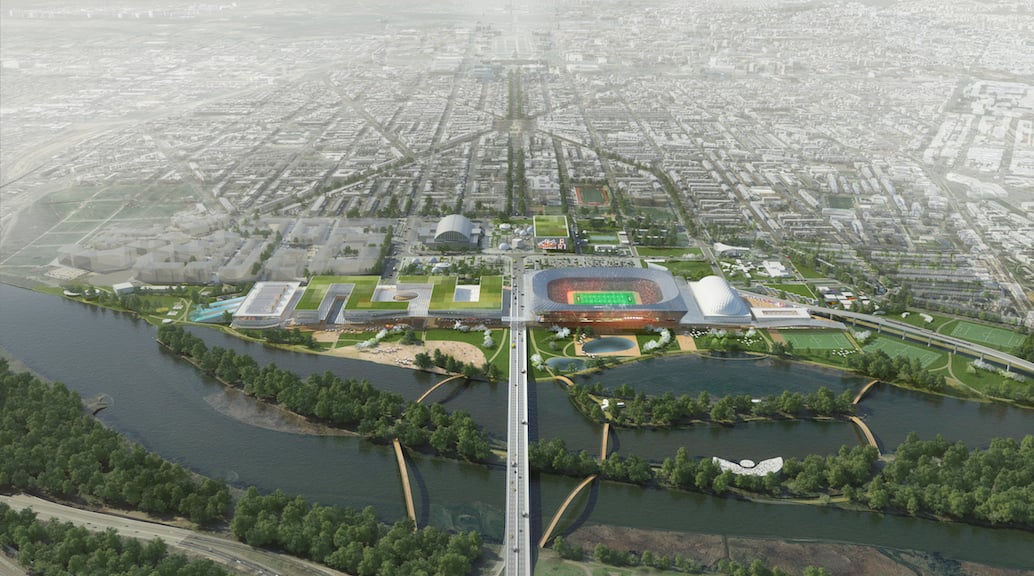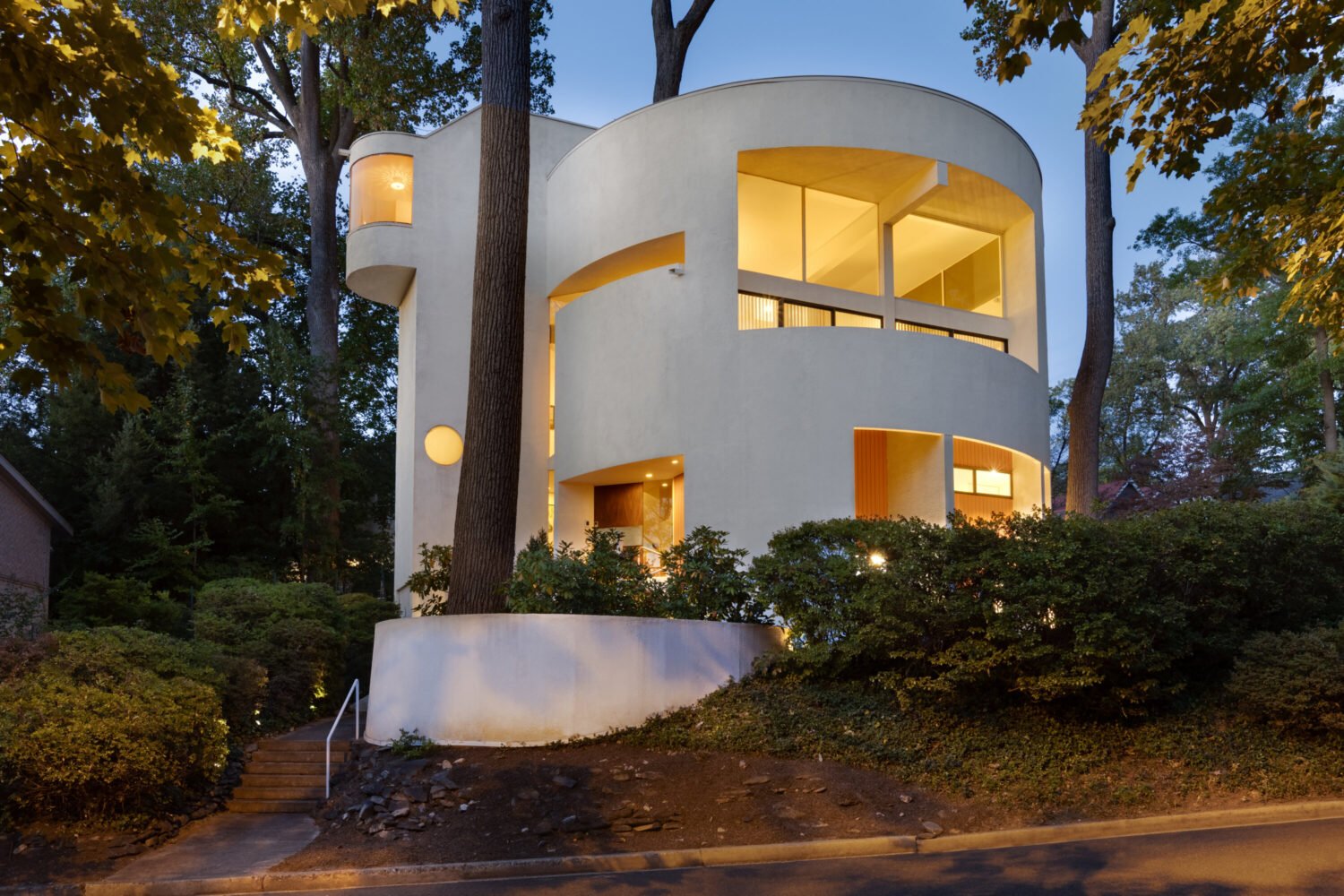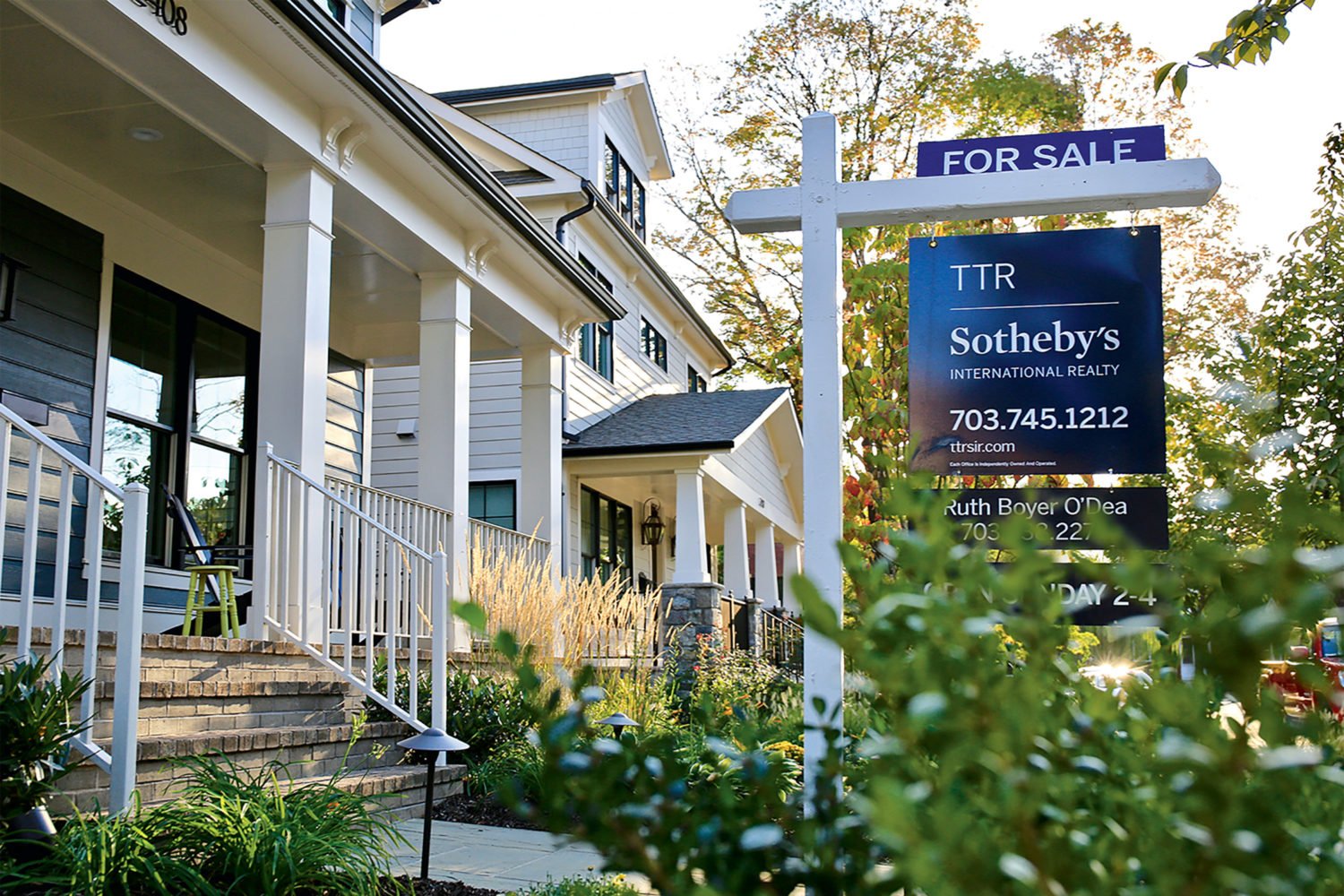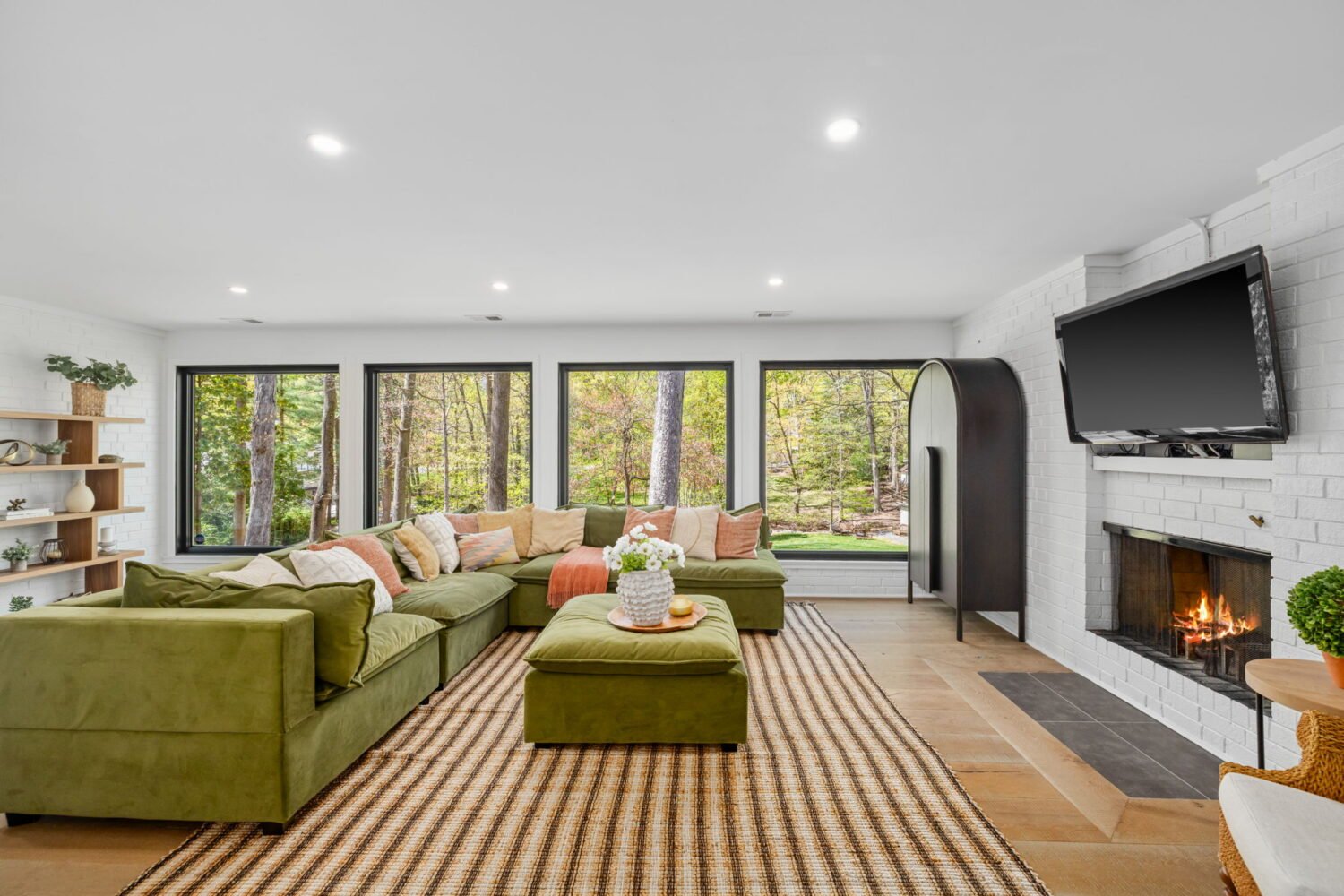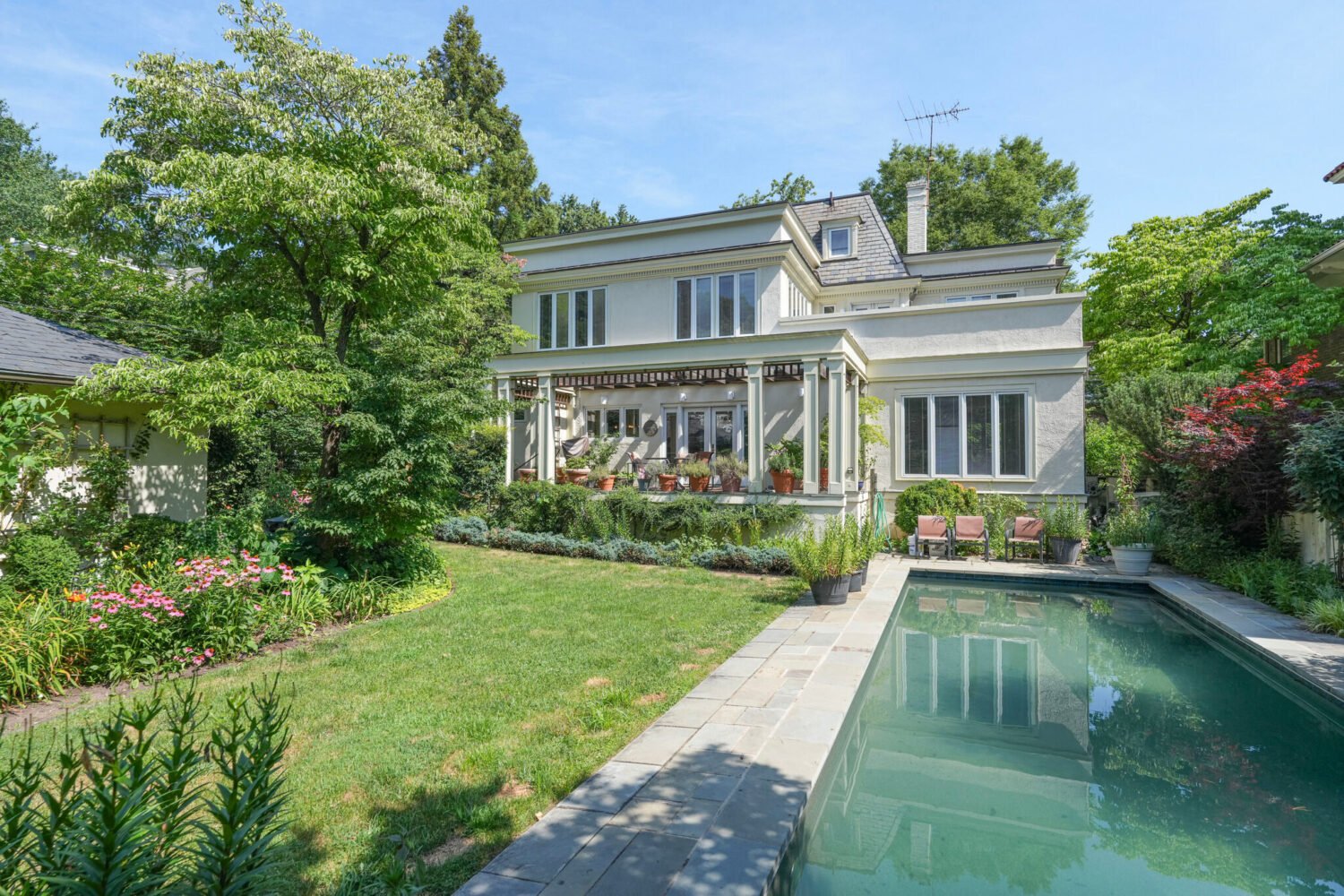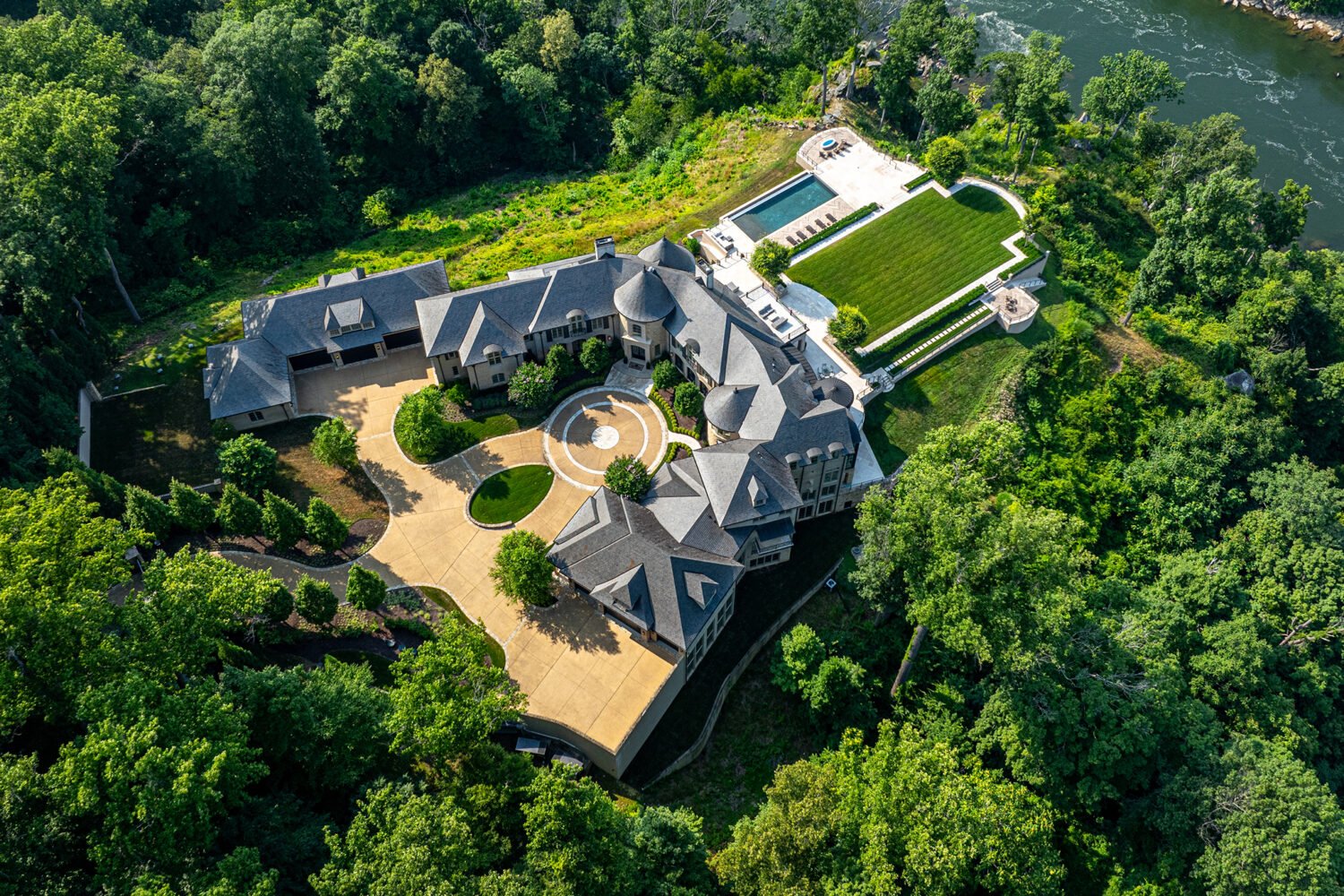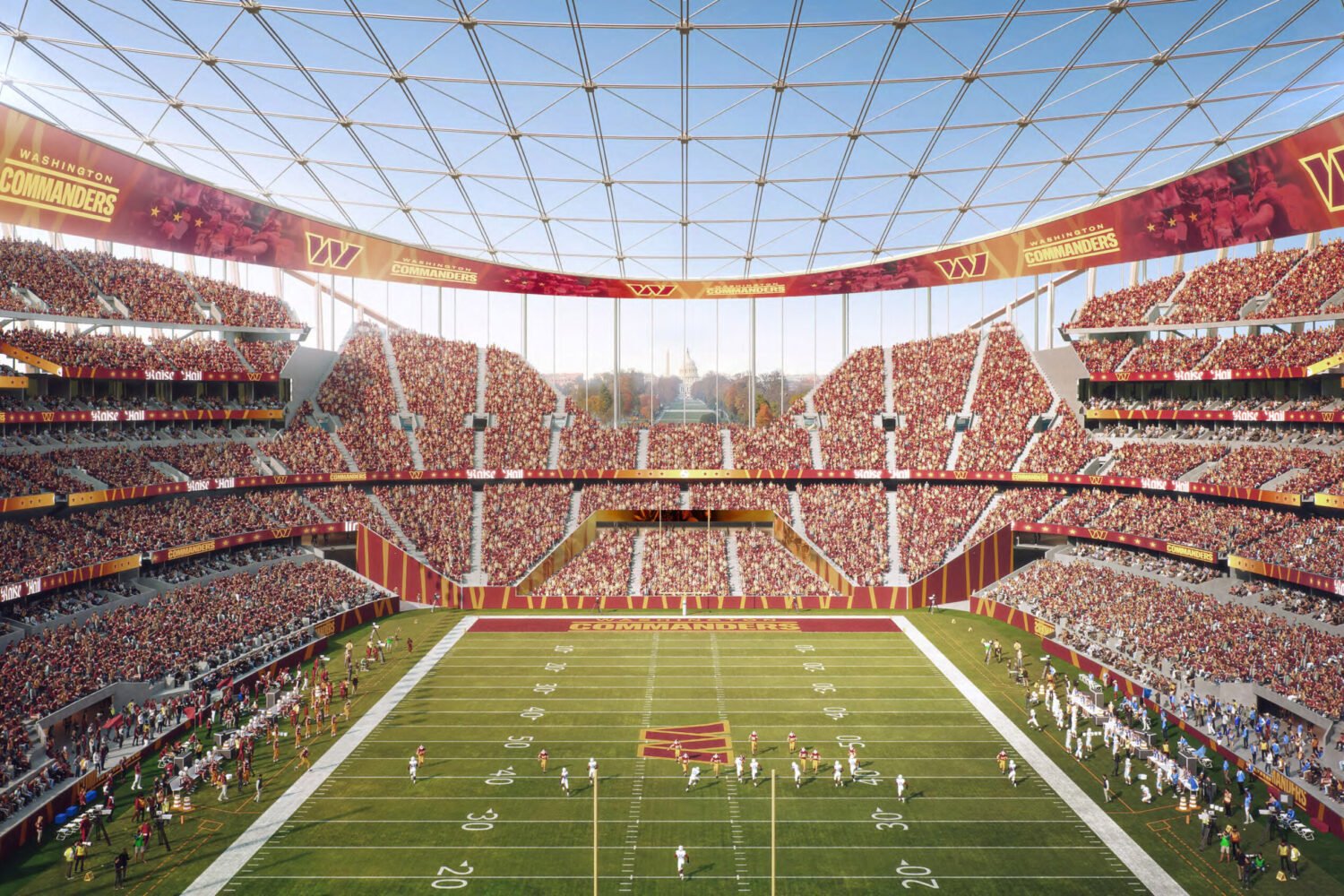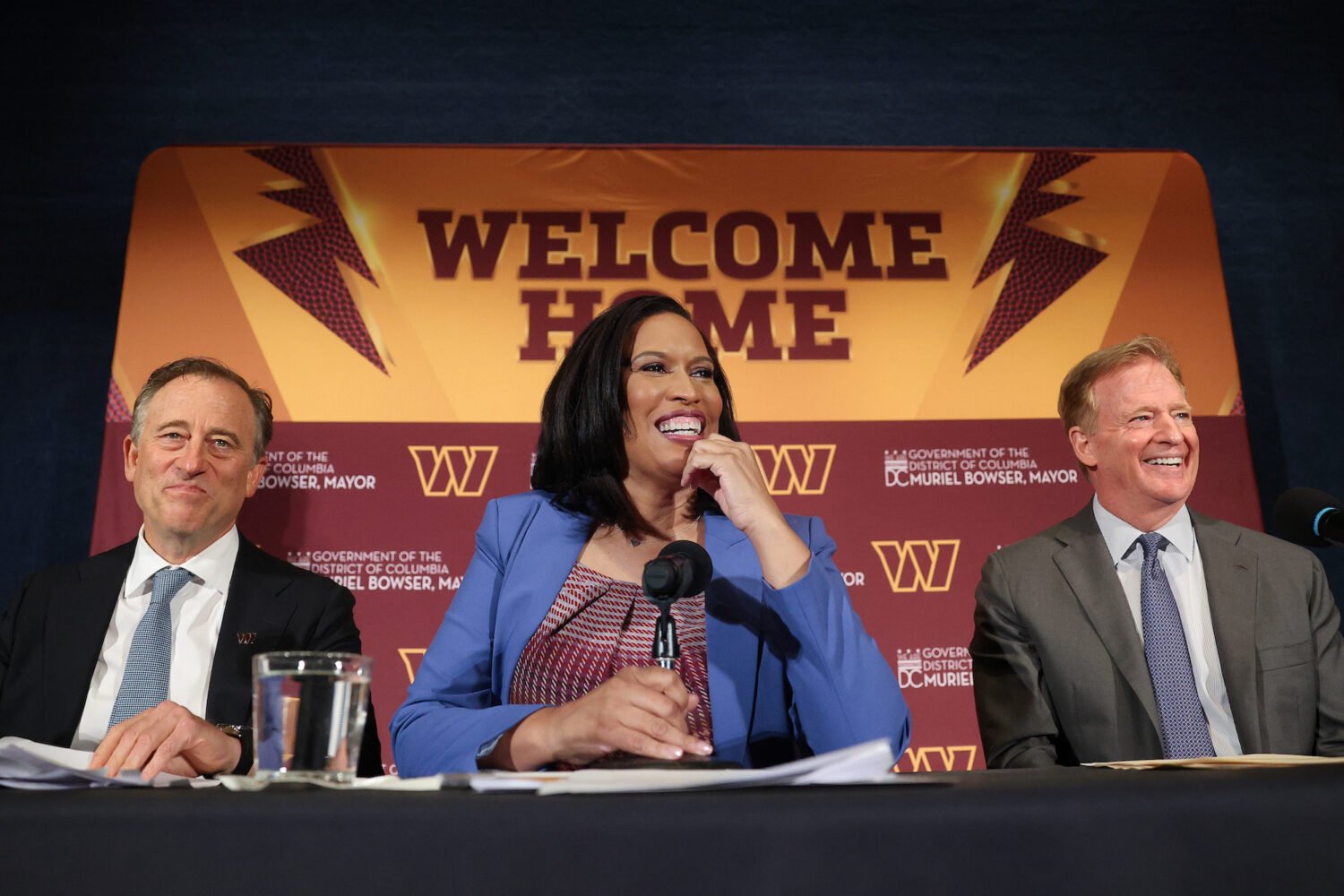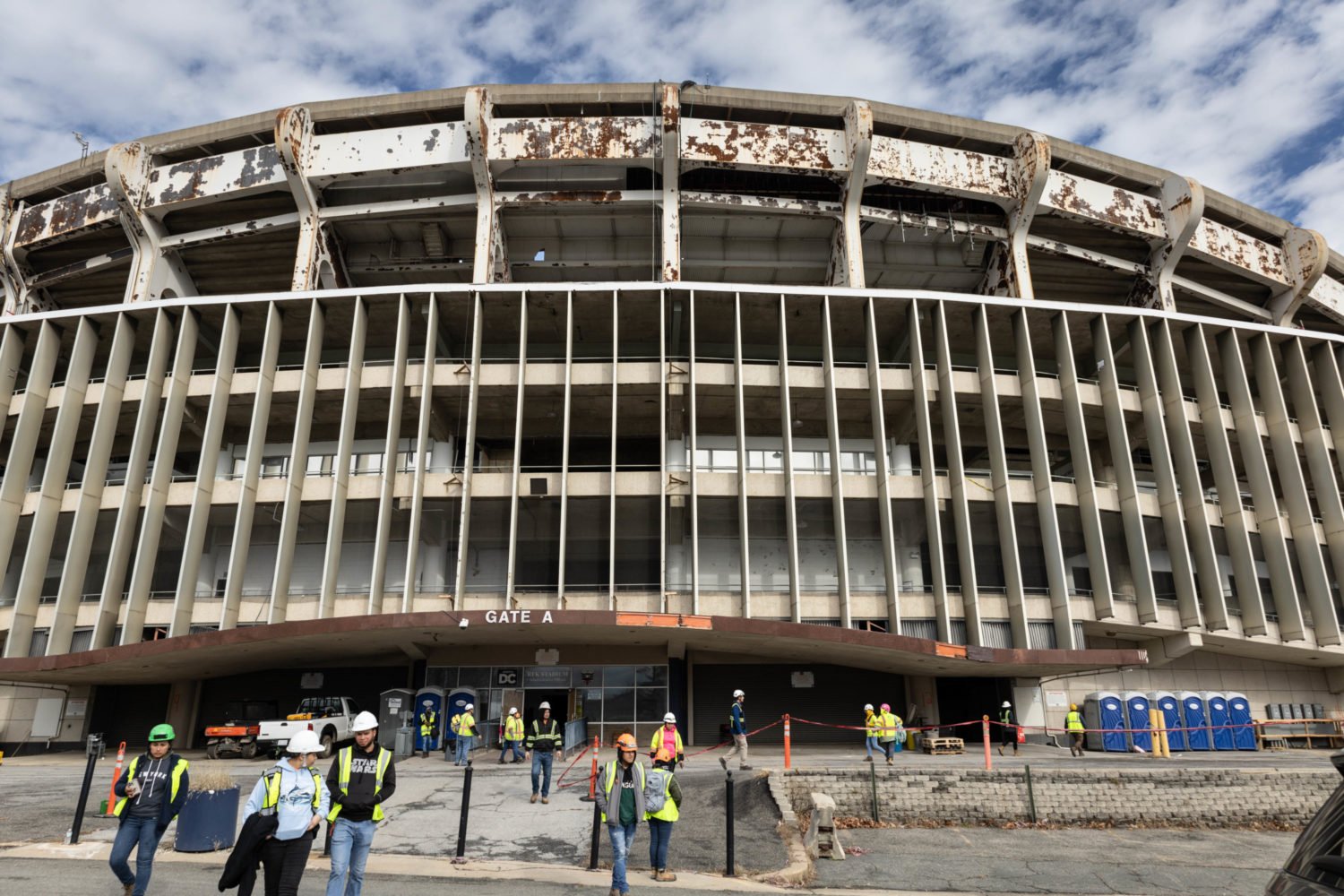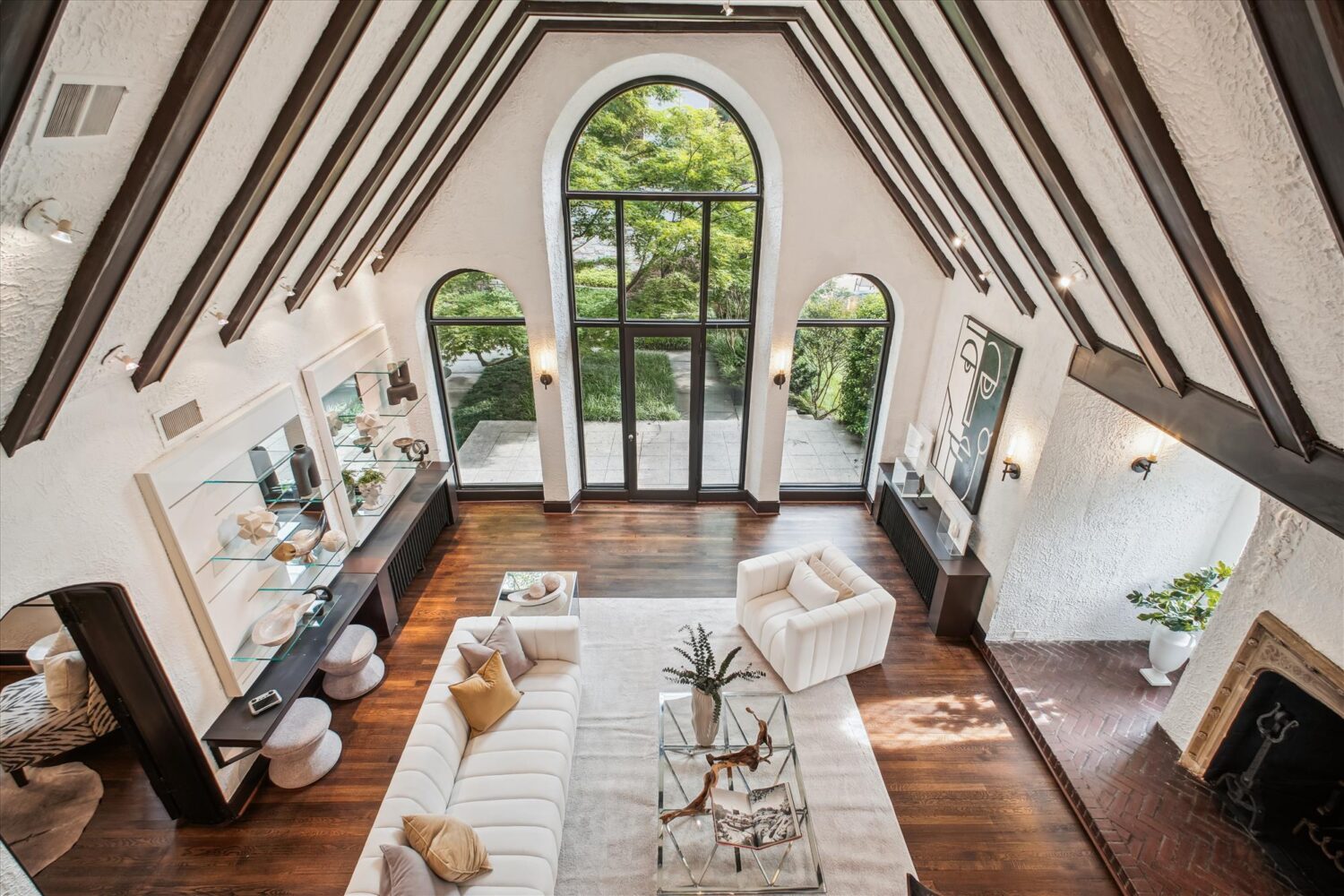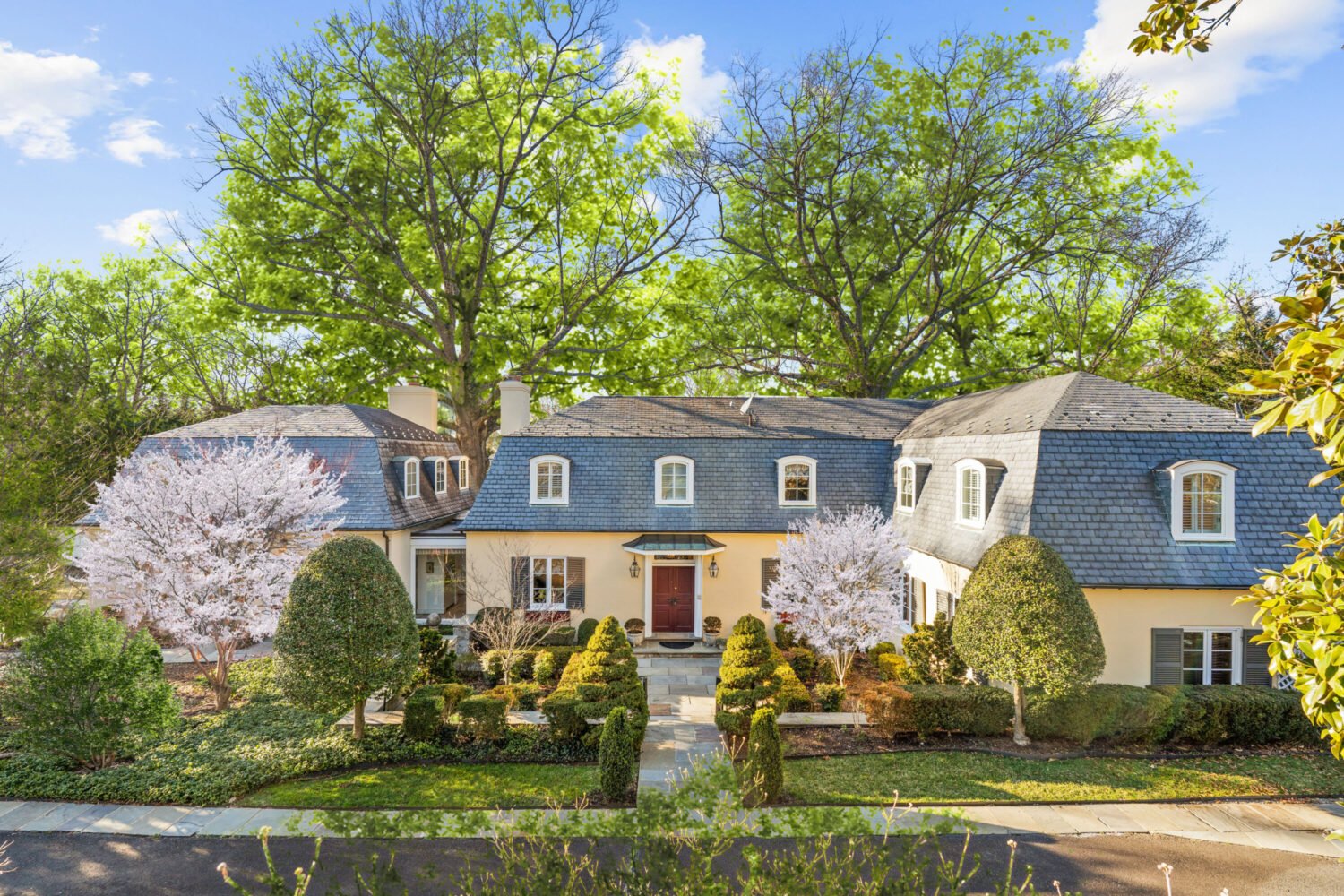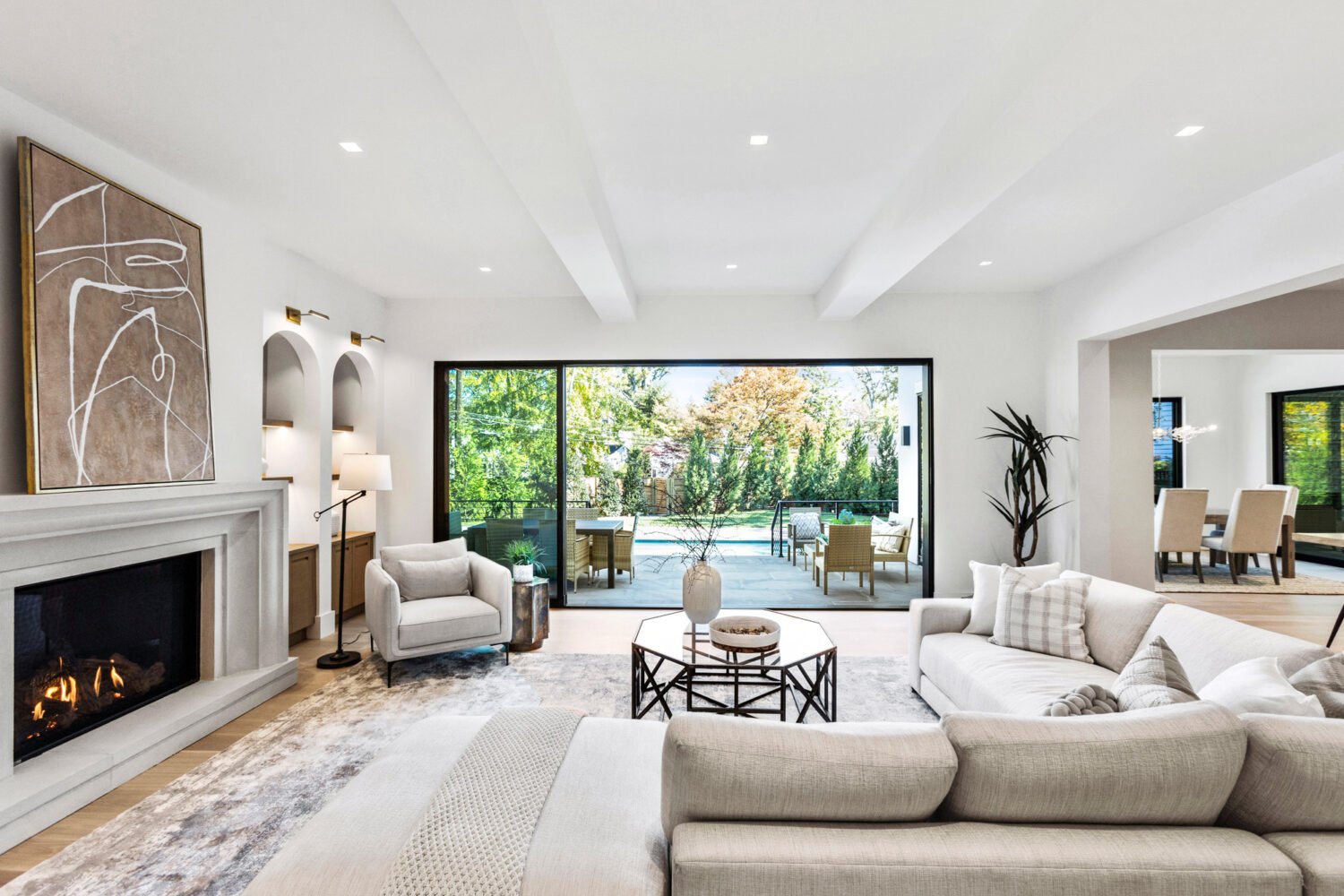Events DC—the independent city agency that runs sports and entertainment events—unveiled six options Monday evening for what’s to become of the desolate 190 acres where crumbling RFK Stadium now sits. Two of the options revolve around rebuilding an NFL stadium there, two involve constructing an arena that could be used by the Wizards and Capitals, and two have large entertainment/recreation complexes but no anchor sports tenant.
“This is a once in a lifetime chance to reimagine the site,” says Gregory O’Dell, Events DC’s president and CEO. He’s right. Which is why it’s a shame that not a single one of the proposals includes any housing.
DC is running out of space. Our density is constrained by the Height Act, we have an affordable housing crisis, and the most recent forecast from the Metropolitan Washington Council of Governments projects the District’s population booming to nearly 1 million residents in the next three decades. The RFK site—Metro accessible and situated along 30 acres of Anacostia Riverfront—has potential to foster the kind of bustling mixed-use development that’s revitalized other pockets of the city, such as thriving Capital Riverfront. A decade ago, the National Capital Planning Commission even released a study of the site that proposed building mixed-use development there with housing and retail.
To be sure, Events DC’s proposals encompass some cool ideas—like an indoor/outdoor market akin to London’s Borough Market or Seattle’s Pike Place, pedestrian bridges over the river, and public beaches. And even in the scenarios that revolve around building a new NFL stadium, planners have made a commendable effort to minimize the kind of surface parking lots that kill vibrancy, especially after dark. But none of these things make up for the fact that developing nearly 200 acres of DC land without a single unit of housing is a missed opportunity.
Why was housing left out? While Events DC manages and oversees RFK, it does not own it. It leases it from the National Park Service. Under the terms of that lease—which runs through 2038—housing is not permitted. O’Dell seems to recognize this isn’t ideal. Asked if he’s tried to renegotiate the terms, he says, “We’ve had some initial conversations with the Park Service. We’ve talked to them about the notion that single-purpose [development] is gone.” O’Dell says he made that argument in the context of advocating for more amenities like retail and restaurants on the site.
Without anyone actually living there, the RFK planners face the obvious challenge of creating strong enough connectivity with surrounding neighborhoods to convince people to hang out there, even when it’s not game day (or, maybe more important, game night). O’Dell says each of the six proposals is organized to encourage interaction with neighbors, with features like public sports fields and community gardens positioned closest to bordering residential areas.
The other major question raised by the proposals: If the Wizards and Caps head to the RFK site, what’s to become of Penn Quarter and Chinatown? Neil Albert, president and executive director of the Downtown Business Improvement District, says Verizon Center visitors supply tens of millions of dollars to the surrounding restaurants and businesses. By the time Wizards/Caps/Mystics-owner Ted Leonsis’ Verizon Center lease expires in 2027, the building will be 30 years old, and even without the RFK proposals, Leonsis was reportedly preparing to shop for a new facility. Albert stresses that downtown’s economy today is far stronger and more durable than when Verizon Center arrived in 1997. He says he hasn’t heard any concerns yet from local investors and business-owners over the RFK proposal. But losing the Verizon Center’s 2.5 million annual visitors would surely take a toll on the neighborhood—for comparison’s sake, in 2015, only 1.3 million people visited the Smithsonian American Art Museum and National Portrait Gallery right across the street.
Wouldn’t it just make more sense to keep the Wizards in their current neighborhood and build sorely needed housing and retail at RFK?
Events DC will continue to gather feedback and refine its plans over the next three months. Though the particulars of each proposal vary depending on whether they include the football stadium, basketball/hockey arena, or no sports anchor at all, they’re all based on two master plans designed by OMA New York. Here are renderings of each master plan, viewed from the east:
